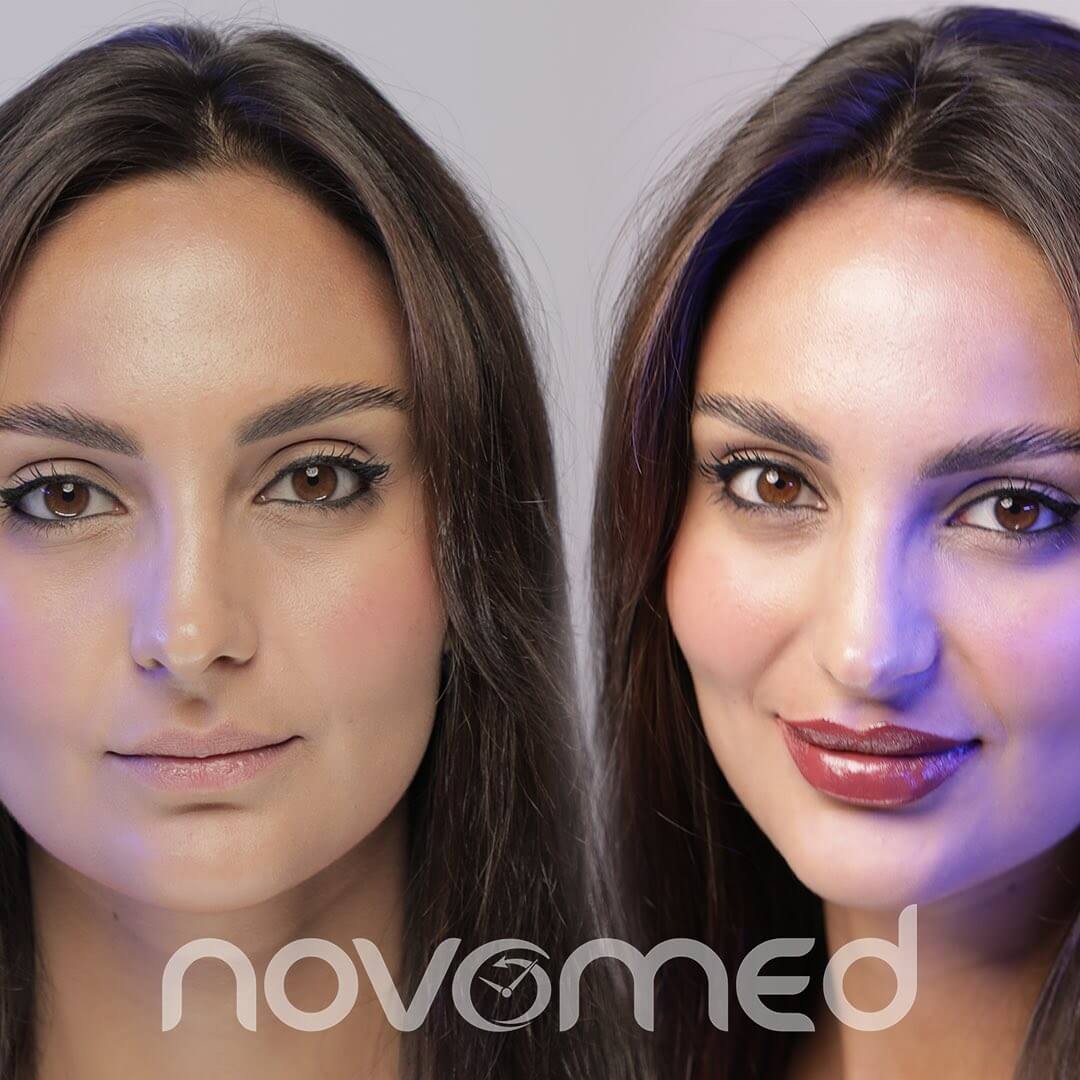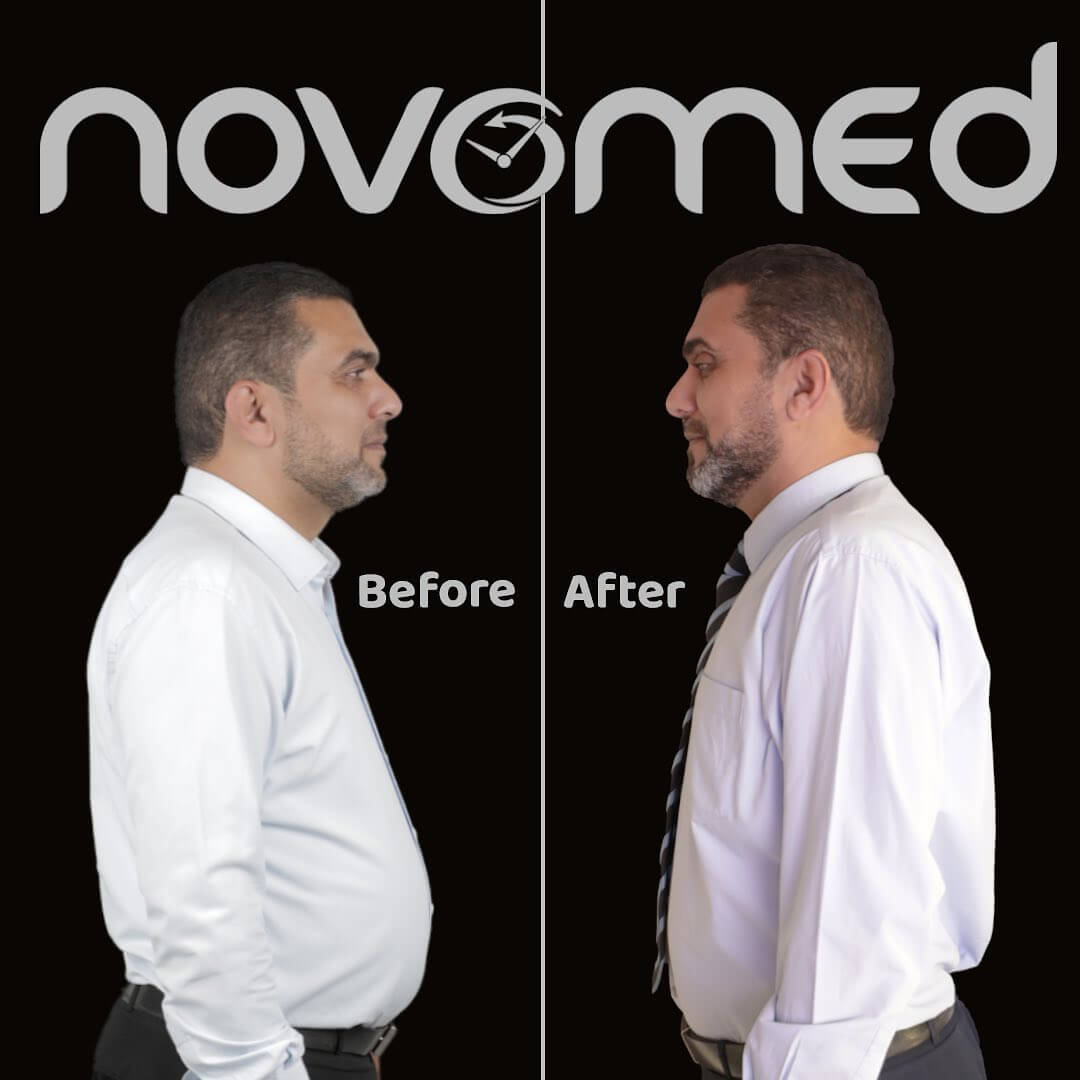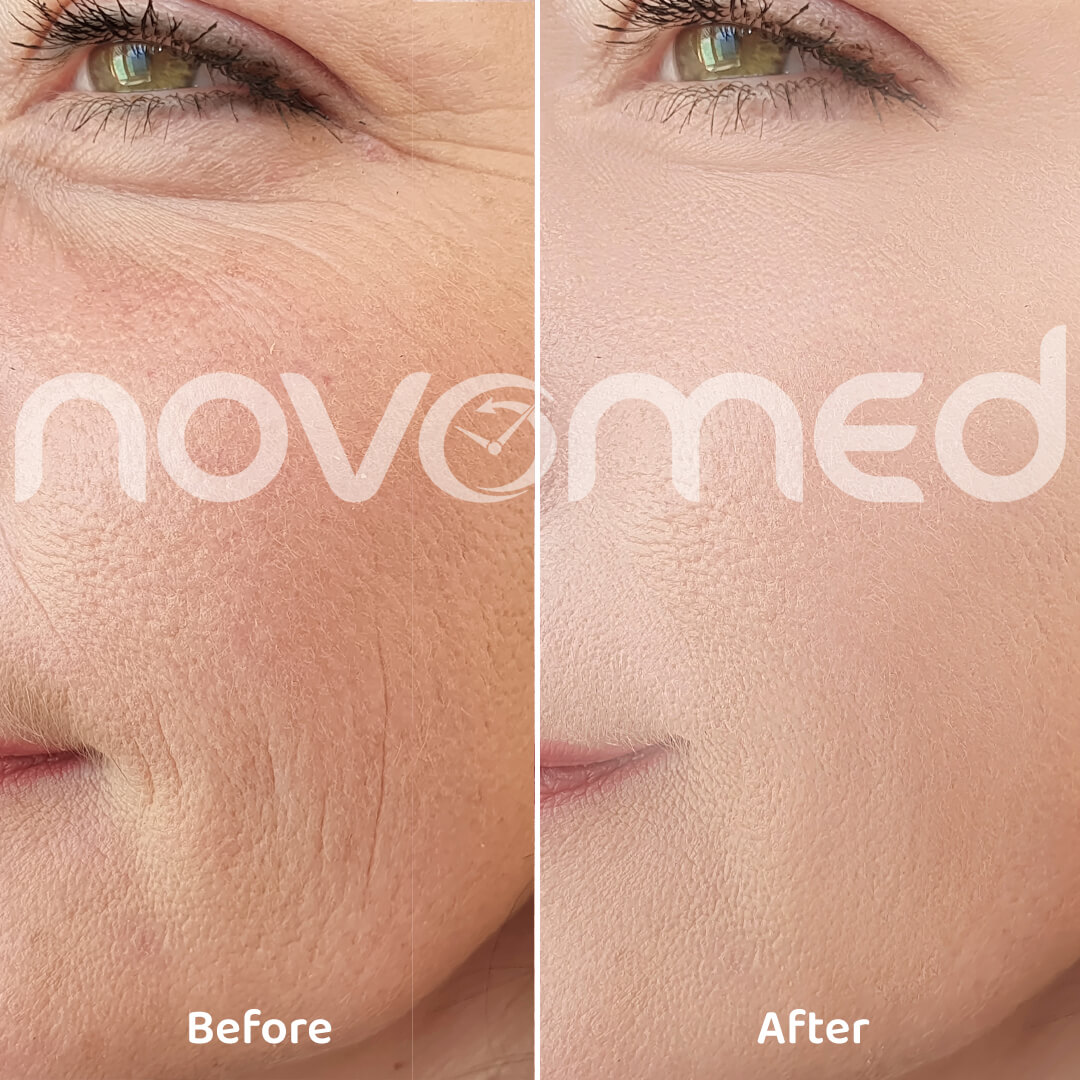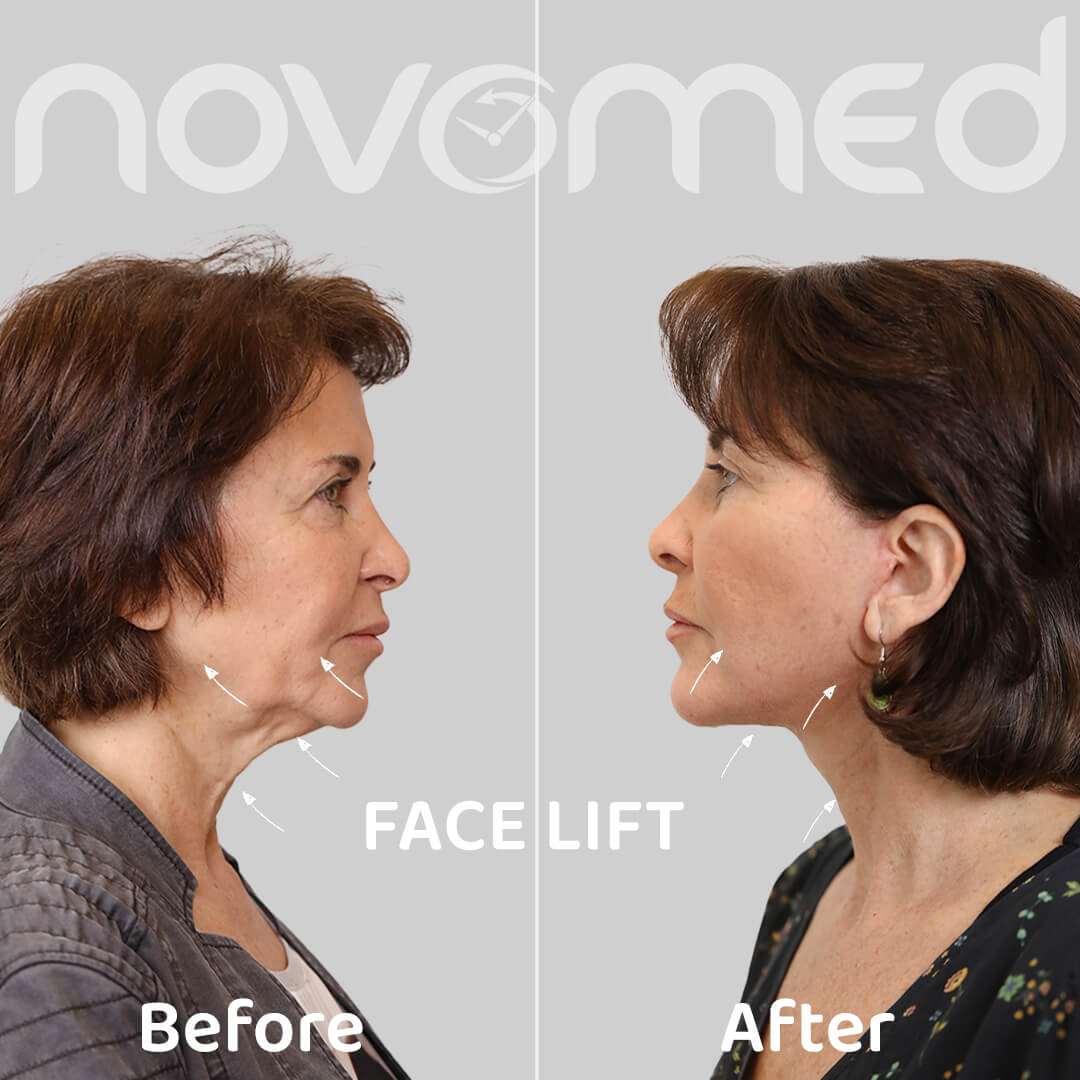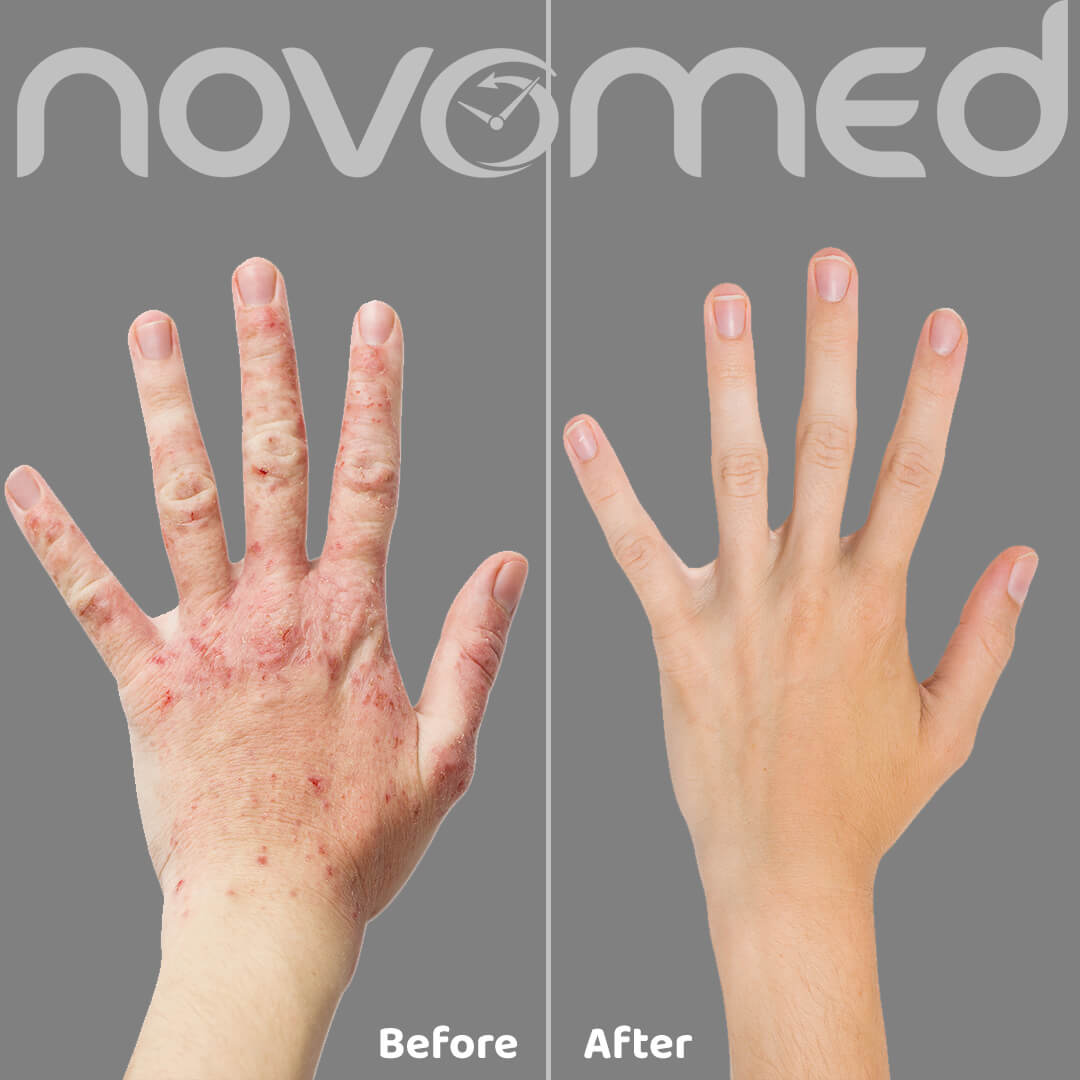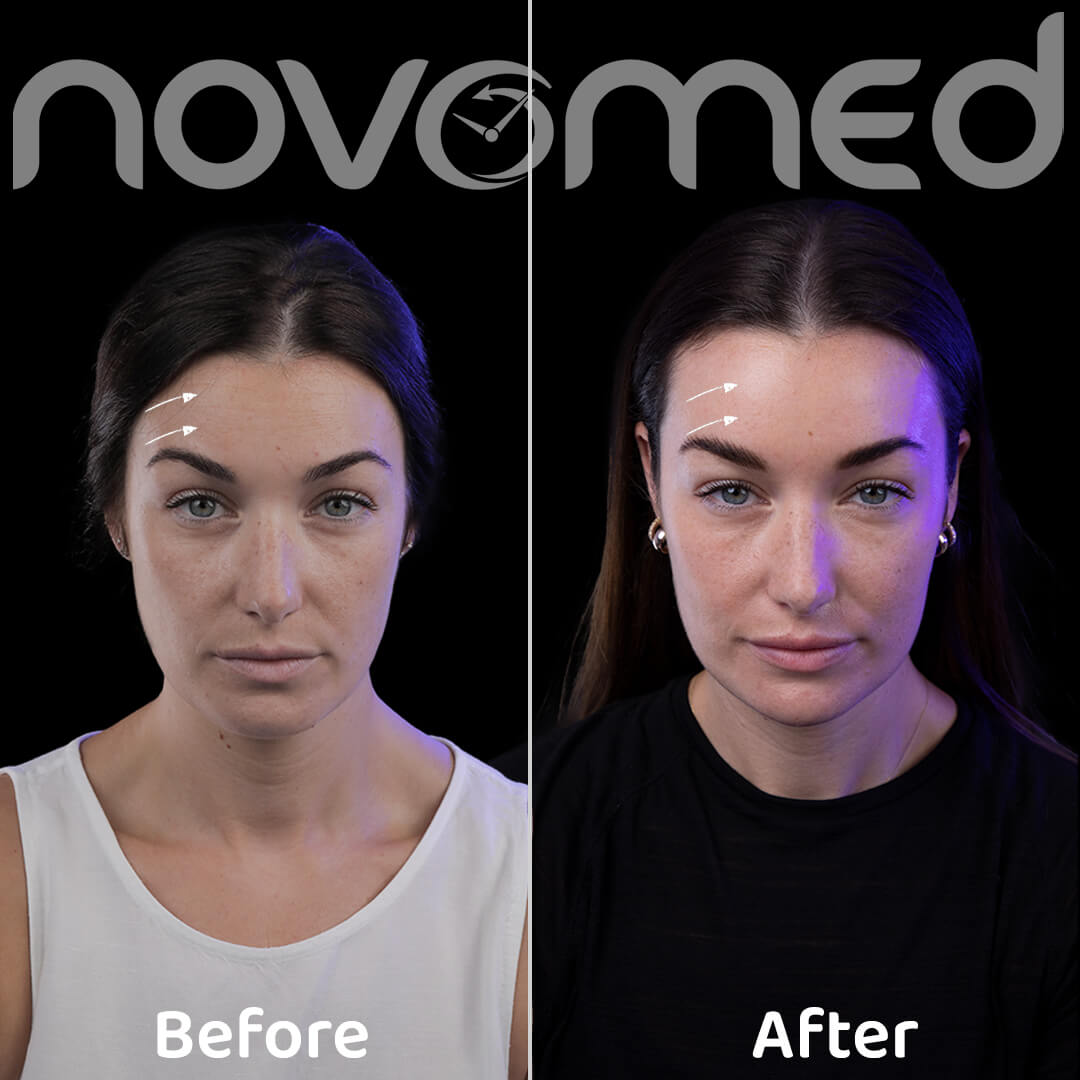Wart Removal in Dubai, Abu Dhabi and Al Ain
What are warts?
When the human papillomavirus (HPV) infects skin cells, they develop faster than average, resulting in warts or lumps. We all come into contact with HPV regularly, especially when shaking hands or touching surfaces. But only a few people develop warts.
Kids and individuals with immune system disorders are particularly susceptible to it. People in certain professions, such as beef, fish, and poultry handlers, are also affected by it for unknown reasons. However, the most plausible cause is that some individuals are more susceptible to warts than others.
Warts on the skin are not particularly contagious. But, direct contact, primarily via skin breaks, may result in it spreading from one person to another. It can spread to other parts of the body from the first region of contact. Therefore, you should wash your hands and anything else that comes into contact with it, including pumice stones or nail files.
What are the different types?
Skin warts can be classified as follows:
- Flat: It is smooth and pink, with a flat or slightly elevated appearance. These lumps are smaller in size than others. The face, hands, and shins are the most common places where you can find them. This type is less common compared to others, but when they do show up, they usually do so in large quantities.
- Common lumps: is elevated and has a rough surface. Also, on occasion, it has dark specks that can be light-colored to gray-brown. It frequently appears on the hands, but it can show up anywhere. It may be difficult to treat the ones that are under or around the toenails and fingernails.
- Plantar: is rough, with a spongy surface that’s flattened out by walking and it is usually gray or brown with dark specks. It only appears on the soles of the feet.
- Genital: They appear as small lumps or growths and are most commonly found in these areas – The penis, vagina, anus, and upper thighs.
- Periungual: Develops under the fingernails and toenails or around them. This can be uncomfortable and obstruct nail development.
- Filiform: These can be found near the nose or mouth. It is also possible for it to appear on the neck or under the chin. Skin Tags are another name for them because they resemble a small flap or tag of skin and are the same color as the skin.
How is it diagnosed?
According to the American Academy of Dermatology Association, a dermatologist can tell whether you have a wart or not just by looking at it. A dermatologist might have to perform a skin biopsy in certain cases to be sure. If the dermatologist determines that a biopsy is necessary, then the lump will be removed and sent to a lab. After which, a tiny biopsy would be examined under a microscope in the lab. Also, the biopsy procedure is known to be fast and safe, so it should not be a source of anxiety or concern.
How is it treated?
The treatment is determined by the individual’s age, current health status, and type of wart. The following options can be considered when having it treated and removed:
- Excision.
- Electrosurgery and curettage.
- Cryotherapy.
- Cantharidin.
Alternatively, the dermatologist can use one of the following treatments if the warts are difficult to treat:
- Chemical peels.
- Laser treatment.
- Immunotherapy.
- Bleomycin.
Get your warts removed in Novomed, Dubai
Unfortunately, there is no cure for it. This means that warts might reappear in the same location or a new site. Fresh ones can emerge just as quickly as the old ones fade away at times. When old warts shed virus cells into the skin before being treated, this occurs. New warts may grow around original ones as a result of this. The only way to avoid this is to have fresh warts treated as soon as they surface by a highly skilled dermatologist.
You can get rid of those unwanted warts by visiting one of our expert dermatologists. Connect with us over chat or call us on 800NOVO to book your initial appointment. If you’d like to schedule an appointment right away, you can fill in the form online.















